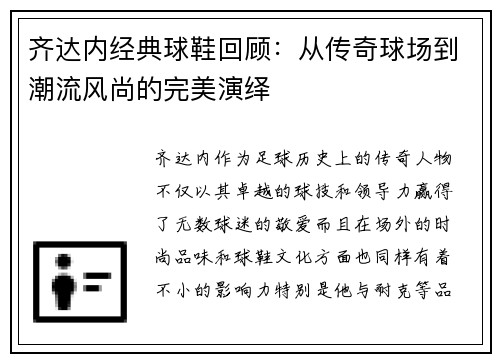Analyzing the relegation battle of the 2020 Chinese Super League season reveals a dynamic struggle for survival among various clubs. This article explores which teams managed to escape the threat of relegation and which faced daunting challenges. Through comprehensive analysis, it examines key factors influencing each team's fate, offering insights into their performance and strategies.
1、Teams Fighting for Survival
In the competitive landscape of the 2020 CSL season, several teams found themselves battling to avoid relegation. These clubs faced immense pressure and had to navigate through a series of critical matches to secure their position in the league.
Despite initial setbacks, some teams showed remarkable resilience and tactical adaptation, demonstrating a strong will to survive through strategic player acquisitions and coaching adjustments.
However, for others, the struggle intensified as the season progressed, leading to heightened anxiety among players, coaches, and supporters alike.
2、Strategic Adaptations and Player Performances
Strategic adaptations played a pivotal role in determining which teams survived relegation. Clubs that successfully revamped their playing style or strengthened their defensive strategies often managed to turn the tide in critical matches.
Player performances were equally crucial, with standout individuals often influencing the outcome of key matches. The ability of top performers to deliver under pressure proved decisive in securing vital points for their teams.
Conversely, teams that struggled with consistency or failed to capitalize on scoring opportunities found themselves increasingly vulnerable to relegation threats.
3、Impact of Coaching Decisions
Coaching decisions had a significant impact on the relegation battle, shaping team dynamics and morale throughout the season. Tactical acumen and the ability to motivate players were essential traits demonstrated by successful coaches.
J9旗舰厅登录
Effective management of squad rotation and injury recovery played a critical role in sustaining momentum during congested fixture schedules. Conversely, poor managerial decisions often exacerbated team weaknesses, leading to negative results.
Teams under experienced coaches with a proven track record in handling pressure situations generally fared better in the relegation battle.
4、Financial and Institutional Stability
Financial and institutional stability emerged as underlying factors influencing relegation outcomes. Clubs with robust financial backing or strong institutional support were better equipped to invest in player development and infrastructure.
In contrast, teams facing financial constraints or internal turmoil struggled to maintain competitiveness, often leading to a downward spiral in performance and morale.
The ability to navigate these challenges and maintain a sustainable long-term vision proved crucial in determining which clubs successfully avoided relegation.
总结:
As the 2020 CSL season unfolded, the relegation battle highlighted the resilience and strategic prowess of certain teams while exposing vulnerabilities in others. Successful survival strategies were characterized by tactical adaptability, standout player performances, effective coaching decisions, and stable financial backing. Conversely, teams that faltered often lacked these key elements, succumbing to the pressures of relegation. Looking ahead, the lessons learned from this season will likely shape future approaches to maintaining league status and fostering sustained competitiveness in the Chinese Super League.



